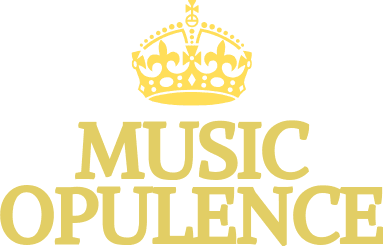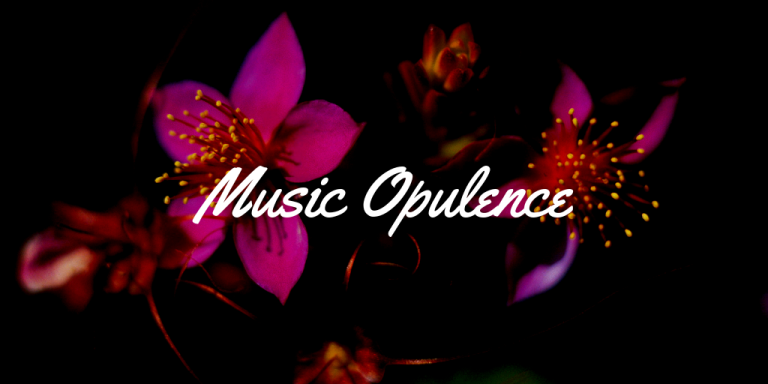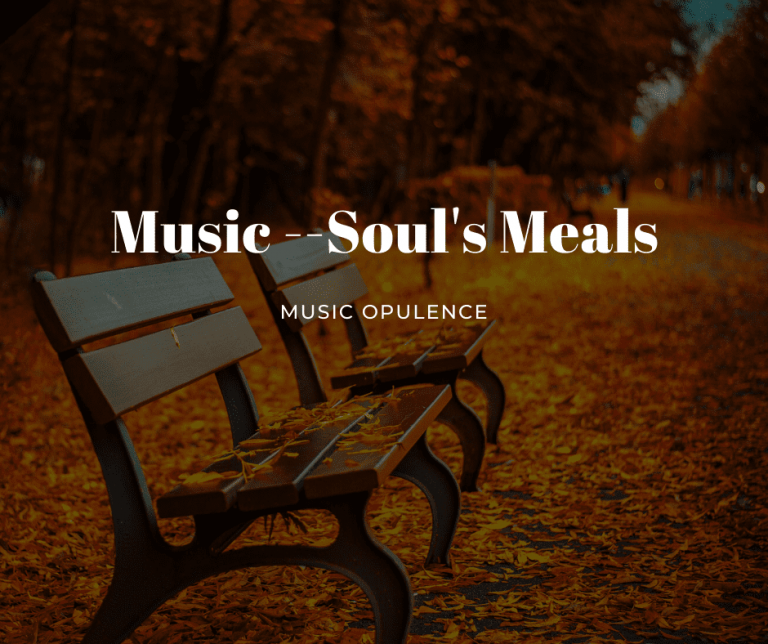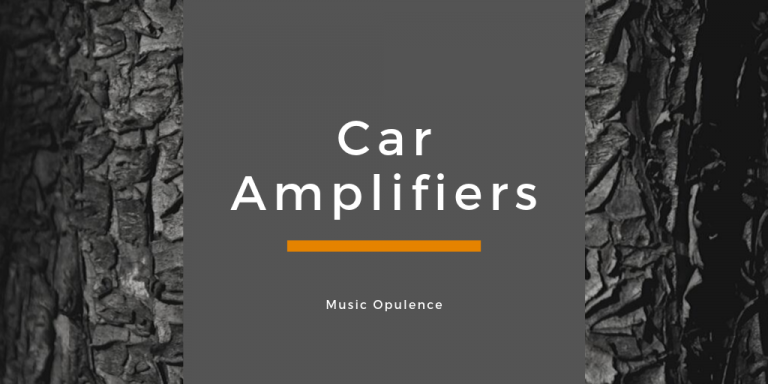Jazz Essentials
I’d like to tell folks I met or at parties, I wrote for a living about jazz. As soon as they got past wondering exactly which kind of”alive” that amounted to, they would grin and say, “I like jazz,” then dip, adding, “However, I do not know that much about it”
They had been leery, thrown away to the growth of jazz — stuff like swing begat bebop, which gave rise to that and’60s free-jazz. As when there was a textbook (well, really some enterprising buddies of mine are composing, but that is another story) and there may be a test that you understand. And of course that the squabbles: why swing was bop or a king the thing or fusion murdered it.
Or perhaps they had been put off by that discussion: chords and flatted fifths and the figures behind the rhythmic propulsion of swing — such as it had been rocket science or something.
Then there is the cult facet: these older men bending and rocking in the rear of the club, which makes like Jewish priests swaying into an abysmal at temple, or even the generalized bowing down before deities like Louis Armstrong and Charlie Parker and John Coltrane (and of course the infighting about who warrants saintly status).
Thing is, jazz is that — and is not some of this. No prior understanding is required by appreciation, nevertheless, all enrichment is offered by listening. The facets of the musical accomplishments of jazz have the beauty and sophistication of mathematics: Along with hierarchical thought and the music has religious heft, because of both spiritual traditions.
I inform you that what follows tells the story in total, or can not provide you a record. However, the list expresses lineages of instrumental technique idea, rhythmic ideas, and category thought. The dots are easy to join, the titles signaled and the sounds memorable.
And this list resembles those toys that are sponge which, put in water grow. Listen, and you will discover knowledge that is expansively absorbed, and of course, hyperlinks to records and artists.
Listen to Hot Fives And Sevens
Artist: Louis Armstrong
Release Date: 1925
To tell the story of jazz up top with no Louis Armstrong would be to cut off the mind. Armstrong was a giant of a trumpeter, he had been a singer and most significant, he changed jazz into a mix of ensemble and solo sound. In the creation of those records flowed in that sense. You can listen to the transformation from New Orleans fashion that is collective, in procedure together with all the call of Armstrong’s horn pointing out the way.
Discover The Art Tatum Solo Masterpieces Volume 1
Artist: Art Tatum
Release Date: 2001
Anyone variant attracted out of this set is going to do. And anybody is sufficient to provide a feeling of the enormity of its results on of the songs and Tatum’s genius that followed. Tatum played with piano — got out the tool — more than any other performer. He had been a connection in the piano guys to the soloist. Here, late in life, he plays with song after song and, starting with”Too Marvelous for Words,” he assembles each one into a concerto of tune, harmonics, and improvisation that set the bar high and set the logic for much modern jazz.
Listen to The Carnegie Hall Concerts: January 1943
Artist: Duke Ellington
Release Date: 1943
Small in jazz and finesse compare with all the majesty, ethics, and flicker of Duke Ellington’s bands. It was a moment when jazz straddled two purposes as it will: it was reflective of the country’s mind and heart audio, and revolution. In Ellington, as even in no musician apart from Louis Armstrong had. It was a fantasy of Ellington’s play with Carnegie Hall, and it expected Wynton Marsalis’ Lincoln Center accomplishments today. This recording comprises both shorter songs (marvelous miniatures of fantastic range ) and Ellington’s harder, longer-form work”Black, Brown, and Beige.” There are solo announcements by gamers such as saxophonists Ben Webster and Johnny Hodges, but it is the cohesion of the group that is entire and Ellington’s vision which makes this music classic.
Listen Anywhere Is The Issue
Artist: Ornette Coleman
Release Date: 1959
Ornette Coleman’s music has always leaned on convention — listen to a Charlie Parker and you will hear echoes of this — brewed to something brand new and pointed directly toward the near future or curled up just like a quizzical word. Here, both thoughts are begged by the title of Coleman. Along with the songs declared his pianoless quartet set up: the harmonics of chord changes would no longer limit Coleman’s songs, replaced with his mathematics bent on liberation. How Coleman and trumpeter Don Cherry shadow each other’s lines and swap thoughts, the procedure seems closer to pure pleasure than science. It still seems fresh.
Listen Alone In San Francisco
Artist: Thelonious Monk
Release Date: 1959
Was Monk’s songs. I had never heard anything like this, and it opened a completely new thought for me of the way the piano could seem and of what music can do: his compositions, his every arpeggio or tone bunch, included mathematics, R&B, Abstract Expressionism and slapstick comedy. I moved on to find huge jazz musicians, all touched indirectly or directly by Monk, but not one who seemed like him. Although Monk recorded several noteworthy albums leading stellar rings, though his songs directed others to play a distinctive insight and cohesion, it is Monk alone in the piano I crave: Straight, no chaser. Here Monk transforms the Fugazi Hall using the design of his piano playing of San Francisco. This is not what the jazz all sounds like: It is exactly what jazz following Monk’s world resembles.
Listen to Bill Evans Trio: Sunday At The Village Vanguard
Artist: Bill Evans
Release Date: 1961
There is lots of spiritual, folkloric and literary evidence to back up the concept that three is a magic number: Bill Evans’s trio may be jazz’s mightiest argument for this circumstance. Evans was one of the most pianists of jazz, and he is at his finest here. Nonetheless, it’s the character of the trio that elevates neither Evans nor bassist Scott LaFaro nor drummer Paul Motian adheres to habitual roles. And at the three-pointed cheese piece of a space which will be the Village Vanguard (the nearest thing to the holy area staying in jazz now ), the music takes on a prayer-like quality.
Listen Live Trane: The European Tours
Artist: John Coltrane
Release Date: 1961
From 1961, Coltrane’s soloing style — that the free stream through chord changes and scale-based improvisations that critic Ira Gitler dubbed”sheets of sound” — was his signature. His group concept was bent on enlarging energy and boundaries. Coltrane might have laid several jazz’s most studio sessions down, but there is nothing like him captured. These monitors, drawn out of a three-LP set, locate him two strong contexts over four decades: at a 1961 quintet such as Eric Dolphy on alto sax, flute and clarinet; and fronting his classic quartet at theatres in 1963 and 1965. The communion between Coltrane and the flame and drummer Elvin Jones about the material is something to behold.
Listen to Religious Unity
Artist: Albert Ayler
Release Date: 1964
The very first release on Bernard Stollman’s ESP tag, this is the session which pushed Albert Ayler into the forefront of jazz audacious. He remains a touchstone for any open-minded musician wanting to explore the sonic possibilities of a certain tool, to exploit the aggregate impact of any small group and also to mine the religious heft of musical expression. To some, the arsenal of noises Ayler coaxed from his saxophone — screams, squeals, wails, honks, and a mile-wide vibrato when he felt like it’s represented newfound contortions of noise; others, they harked back into ancient jazz evocations, such as Sidney Bechet’s soprano sax. The appeal of Ayler expects the axis which joins jazz and punk rockers: He also flipped them to the complicated of splatters that are visceral and even took the easiest of song constructions. His”Ghosts,” here left in 2 variations, will dazzle you.
Listen to Jazz Moods
Artist: Dizzy Gillespie And Machito
Release Date: 1975
Back after a jazz magazine was edited by me, I would discover annoyance with authors that believed jazz was a sidebar to jazz. Jazz is a fundamental one being the African American Diaspora, tales. The songs of Latin America, South America, and the Caribbean are cousins to American songs (plus they feature some rhythmic secrets we have forgotten, I would say). Cuba, particularly, includes a musical relationship with the United States, and trumpeter Dizzy Gillespie was among the positions of jazz who admired that fact with style and thickness. Although Dizzy made his Enormous Cuban Bang decades before, this 1975 session finds him together with the famed group of Frank”Machito” Grillo, including the fantastic Cuban trumpeter Mario Bauzá. Composer/arranger Chico O’Farrill’s”Oro, Incienso y Mirra” is as contemporary a combination of cross-cultural ideas because you’ll hear now.
Listen to Raining
Artist: William Parker
Release Date: 2002
Produced in 1955 [ck ], William Parker is a little older than the songs we understand as free jazz. Some say that the revolution is dead. The life signs are observed on the Lower East Side of Manhattan, also in the middle of the scene would be that the sound of the bass of Parker. He’s something of a father figure, dispensing wisdom in addition to live courses, much like bandleaders Charles Mingus, Art Blakey, and Duke Ellington. One of Parker’s numerous bands is that the quartet that he leads here (together with Leena Conquest adding soulful vocals). One of the relations, he shares would be the ones you’ll be able to feel together with drummer Hamid Drake, throughout this audio.





